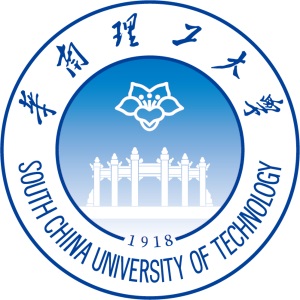Paper
Signal Peptide-Guided Delivery of a Mucin-Like Collagen Analogue for Periplasmic Barrier Reinforcement: A Platform for Enhancing Microbial Survival
Researchers developed a collagen-like protein, S1552, that is directed into the periplasm of E. coli, where it strengthens the cell barrier and improves resistance to stressors like salt, pH extremes, antibiotics, and heavy metals, with potential use in other bacteria
Tuning Ultrasensitivity in Genetic Logic Gates Using Antisense RNA Feedback
The study introduces antisense RNA (asRNA)-mediated sequestration as a novel mechanism to improve inverting genetic logic gates by co-expressing asRNAs with mRNAs to enhance repression through additional feedback, thereby steepening dose–response curves, reducing OFF-state leakage, and enabling tunable logic transitions for constructing robust combinational circuits; results: improved gate sharpness and reduced leakage.
Industry Tag:
Synthetic Biology
Automated Construction of a Yeast-Based Multigene Library via Homologous Recombination in a Biofoundry Workflow
This study presents an automated one-step multigene assembly method that leverages optimized in vivo homologous recombination within a shuttle vector to efficiently construct expression-tunable multigene libraries, with the process miniaturized for high-throughput applications, successfully enabling rapid and parallel gene assembly in a biofoundry setting.
Array Assembler Provides Greatly Simplified crRNA Array Design for CRISPR Cas12 and Cas13 Variants
This study introduces the Array Assembler, a user-friendly computational tool that streamlines the design of oligonucleotides for assembling large crRNA arrays from user-defined spacer sequences, addressing the complexity and error risks in multitarget CRISPR experiments and enabling rapid, reliable construction of crRNA arrays for diverse genomic perturbation applications.
Engineered Bacteria Convert a 3-Bit Binary Code to a 3-Bit Gray Code by Multicellular Artificial-Neural-Network-Type Architecture
This study demonstrates a single-layer artificial neural network constructed from five genetically engineered E. coli populations that converts 3-bit binary chemical inputs into Gray code outputs via expression of fluorescent proteins, showcasing a novel approach to neuromorphic computing with living cells and advancing biocomputer technology and synthetic biology applications.
Deciphering Transcription-Translation-Folding (TX-TL-FD) for Enhancing Cutinase Production in T7 System and Genetic Chaperone-Equipped Escherichia coli Strains
This study introduces a quantitative adjustment index to optimize transcription, translation, and folding in the T7 system, identifying T7RNAP levels and translation initiation as key levers. Coordinated TX-TL regulation enhanced soluble expression of a cutinase mutant by 90%, providing a universal strategy for complex protein production in E. coli.
Overexpression of Tgm2 in Chinese Hamster Ovary Cells Enhances Recombinant Monoclonal Antibody Expression and Promotes Cell Proliferation through Reduction of Apoptosis
This study demonstrates that stable overexpression of transglutaminase 2 (Tgm2) in CHO cells enhances cell proliferation and antiapoptotic signaling via the PI3K/AKT/mTOR pathway, leading to reduced apoptosis, cell cycle progression, and significantly improved recombinant adalimumab yield and specific productivity, highlighting Tgm2 modulation as a promising strategy to optimize therapeutic protein production.
Rational Design and Model Predictions for Optimized Elastase Production in Saccharomyces cerevisiae
This study uses rational design and systems biology to engineer Saccharomyces cerevisiae for efficient production of Pseudomonas aeruginosa elastase by modifying nonfunctional elastase regions, applying the pcSecYeast model to identify 75 genetic targets, and enhancing yield through POS5 overexpression and TES1/VPS10 knockout, establishing yeast as a viable host for complex protease production in industrial biotechnology.
Industry leaders use Knowledge Hub to explore 428+ Synthetic Biology Papers
Gain unparalleled insights, and drive your breakthrough forward.
Let’s shape tomorrow, today!








